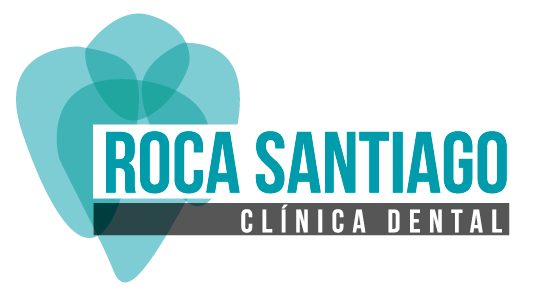MINOR TYPES OF ORAL SURGERY
MINOR TYPES OF ORAL SURGERY
Minor oral surgery solves problems related to surgical pathologies of the mouth, such as wisdom teeth (impacted or not), labial and lingual frenula, mucus lesions, cysts, glandular inflammations.
- Wisdom teeth:wisdom teeth often do not erupt alone, or if they do, they do so in an incorrect position. This causes pain and infection, it affects adjacent teeth and even the TMJ (temporomandibular joint). Wisdom teeth removal is the most common minor oral surgery.
- Cyst removals/ Apicoectomies:Cyst removal is the complete surgical extraction of a small cyst and the subsequent sealing of the wound. After cutting the mucus membrane, the cyst sac is fully removed. This surgery can also be combined with a root tip resection. (Apicectomy)
- Canine fenestration:This consists of making a surgical window to expose the canine that remains inside the jaw without the intention of erupting, and to pull it out and place it in the dental arch using orthodontics.
- Pre-prosthetic Surgery: we use this to adapt the gums and jaws so that the prosthesis we want to fit can adapt better.
- Tongue or lip frenula: Children often have problems with speech, swallowing or teeth position due to frenula. Minor surgery is performed for this purpose, which solves the problem and prevents it from getting worse in the future
THIRD MOLAR SURGERY
Third molars must be extracted from young adults to prevent or decrease the risk of periodontal disease.
If they have partially erupted, they let bacteria in between the tooth and the gum, causing cavities and infection. The result may be pain, swelling, trismus (jaw immobility), and general discomfort.
If they continue to erupt without enough space, they will damage adjacent teeth and can move them. They often develop cysts and tumours, destroying nearby structures such as the jawbone or the roots of nearby teeth. They can cause pain, for which no explanation is found. They sometimes make it impossible to fit prostheses. They can cause occlusal interference or a poor bite. They cause cheek trauma in 70% of people. 40% of adults by the age of 45 develop periodontal disease, repeated infections or cavities in the area around the third molar.
25% of adults who keep them should have them removed, with risks and complications increased by 30% when compared to extracting them during teenage years.
APICEPTOMIES AND CYST REMOVALS
An apicectomy is the surgical resection (removal), through the jaw, of a periapical focus (infected part of the zone surrounding the tooth root), and of the tooth apex (the root of the tooth). In other words, it is the surgical removal of the root of the tooth, and of infected surrounded tissue.
FRENECTOMIES
This is the surgical removal of the abnormal frenulum of the lip.It tends to be a treatment that goes hand-in-hand with orthodontics, as the (hypertonic) thickened frenulum prevents the two central incisors from joining, or as a complement to a periodontal treatment prior to gingival recession surgery, as if the tension of the frenulum falls close to the tooth, the recession tends to reappear.
TOOTH EXPOSURE
A treatment combined with orthodontics, necessary when there is an included tooth (inside bone and/or gum). This tooth is normally the canine, and it needs to be exposed before the device needed to pull it into its place through orthodontic treatment can be fitted to it.
TRY US OUT
THE FIRST APPOINTMENT IS FREE. GET AN APPOINTMENT:952 58 36 83.
If you prefer, you can complete the form and we will contact you.
